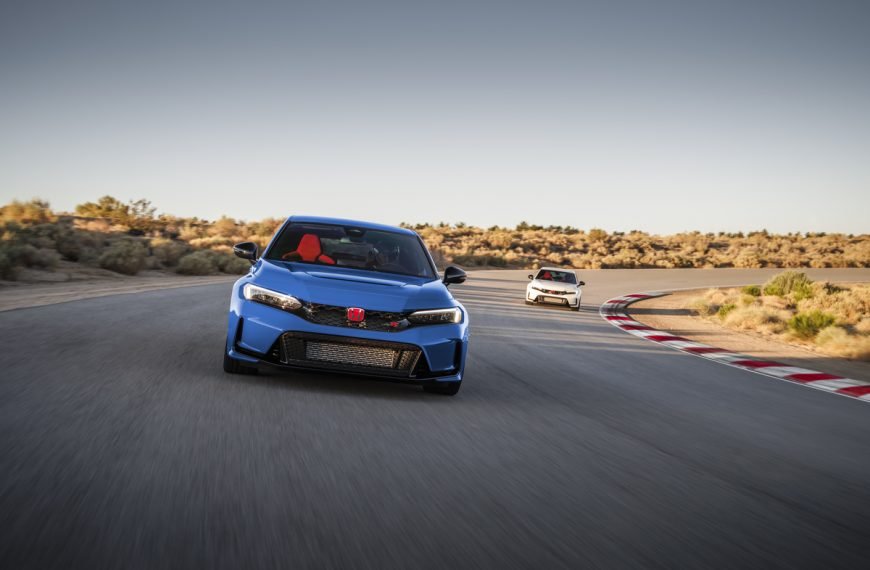What Happens to Sports Cars When Speed is No Longer a Factor?
A cultural shift
Speed… not important?! What are you smoking Sevan?
Ok ok, hear me out. Whether enthusiasts like it or not, the internal combustion engine is on its way out. With global emissions standards tightening on manufacturers, the move towards 100% alternative fuels (the majority of which will be full-electric vehicles) will soon be upon us. Automakers such as Jaguar, GM, Mercedes, and more have already pledged to drop their fuel-drinking fleet for full electric cars by 2030 (and some even by 2025). Even the much lauded Lotus, creator of lightweight and visceral sports cars, has stated publicly that the Emira will be their last internal combustion car before they transition to all-electric vehicles. Although it’s questionable whether most city power grids can handle the increased load needed for mass adoption of electric cars (spoiler: they can’t yet), change is upon us, and with that comes a massive cultural shift for car enthusiasts.
An obsession with top speed
When sports cars of the past were first announced, 0-60 times and top speed numbers often dominated the conversation. Notable examples are the 1967 Lamborghini Miura’s top speed of 171 mph, only bested by Lamborghini’s own Countach 13 years later at 182 mph (you can read our take on the new Countach here).
Ferrari, Porsche, and the like were all in the race to push out even higher performance variants of their already blisteringly fast cars. Every year brought a new target top speed, leading to the rise of hyper performance machines like the McLaren F1 and Bugatti Veyron. However, you don’t necessarily have to spend hundreds of thousands to millions of dollars to attain speed in the modern car landscape.
The democratization of speed
Cars such as Dodge’s Hellcat series have flipped the horsepower-to-dollar ratio on its head. Even the new 2021 RAM TRX (a pickup truck!) hits 0-60 mph in just 3.7 seconds. For reference on what was considered “fast” in the past, my old 1993 Acura NSX would hit 0-60 mph in about 5.5 seconds (the new NSX does it in 2.7). Some modern luxury SUVs are able to best the 5 second 0-60 time as well. Needless to say, newer cars are much faster than those that came before; so much so that we’re becoming numb to it altogether.
Having quickly visited the evolution of speed, let’s return to why I believe it’s losing importance in the realm. The aforementioned cars battling it out for higher top speeds and faster 0-60 times have all been rising action for what is ultimately the climax: electric cars. Not confined by the physical limitations and requirements of internal combustion engines, electric cars are able to spread their batteries throughout the floor of the car – effectively lowering center of gravity to levels unachievable by their peers. A lower center of gravity helps achieve better handling; and as battery technology improves, so will range, weight, and power. Electric power plants also allow for a total shift in vehicle design, opening the door for carmakers to experiment with more balanced chassis and unorthodox vehicle proportions. Electric engines also have the benefit of instant torque without having the need to rev out to a certain RPM.
How does this translate to speed? Well, traction seems to be the only limiting factor as Tesla’s Model S Plaid (about $130,000 starting) rockets off the line with its AWD in 1.98 seconds – simultaneously setting the record for the fastest production car ever. Even the much more “attainable” Model 3 Performance (about $57,000 starting) is able to achieve supercar level acceleration with a 0-60 time of 3.2 seconds. With the growing number of electric cars and average new car price in 2021 climbing to near $40,000, it’s only a matter of time until most cars on the road have the same levels of acceleration formerly reserved for exotics.
So where does that put our beloved older sports cars? If your average soccer-mom-electric-commuter can match or outpace a decade-old Ferrari (the 458 Italia hit 0-60 in 3.1 seconds), at what point do we stop caring? Does a new era of electric exotics give rise to sub-2 second 0-60 times, leaving us to compare “normal” cars at just a second or two slower? I personally believe that these increasingly ludicrous fast cars will eventually desensitize everyone to the idea of speed. When all cars are fast, what do enthusiasts and manufacturers cling to to differentiate a sports car from a commuter car? As not only a car enthusiast, but a performance driving enthusiast as well, I tend to believe that the experience of driving will become such a factor.
I’ve always gravitated towards owning cars that were fun to drive and focused on ringing out every ounce of performance I could by becoming a better driver. It’s entirely possible that when this technology boom leads to a plateau in speed, carmakers will shift to driver involvement and handling dynamics in order to keep automotive passion alive. Older internal combustion cars like my beloved Toyota AE86 or former NSX may be reserved for sport, similar to how horse enthusiasts ride for fun and not to get from point A to B. They provide a much more “raw” and visceral experience compared to most new cars on the road, and carmakers may look to recapture that when speed is no longer the be-all end-all.















